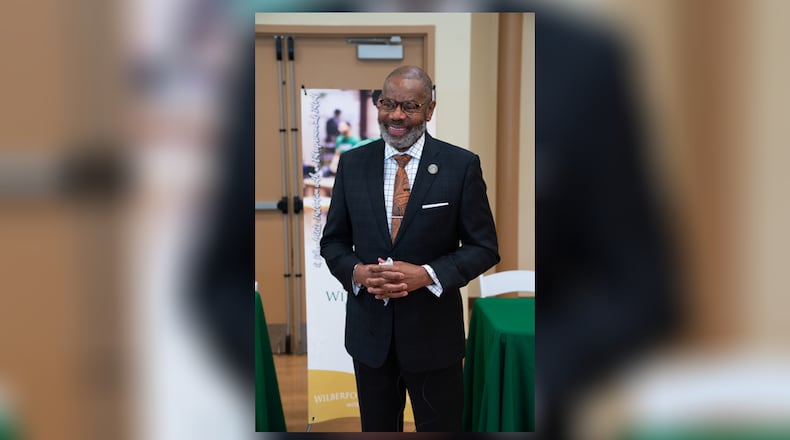As an institution of higher learning, our needs at Wilberforce University are equally as important and urgent as our counterparts. We are committed to providing our students with a stellar teaching, learning and student engagement experience designed to equip them with the requisite knowledge, skills, and aptitude to be thought leaders and social change agents. Our graduates are expected to take their place and successfully compete with all graduates in the workplace, graduate, and professional schools and in entrepreneurial environments. This institutional commitment to our students requires resources and Wilberforce University is not unique with that need.
The establishment of HBCUs in America occurred almost exclusively in southern states as a consequence of the peculiar nature of American slavery. As a result, Ohio is one of only two states in the Midwest with HBCUs within its borders, and, Ohio has the distinction of having two. In 1887, the Ohio legislative approved a proposal by then Wilberforce President Samuel T. Mitchell to appropriate an annual sum to support a newly established department at the university. This was the unique partnership that allowed Ohio to support private Wilberforce University. Specifically, what we need today is an earnest legislative imperative and implementable agenda to provide financial support for Wilberforce University which honors and continues that investment in Wilberforce which began in 1887. The fact that Wilberforce University has existed for 165 years and consistently produced graduates who have significantly impacted the social, cultural, and economic fabric of this state and the nation is a testimony to its resilience, grit, and tenacity. Wilberforce has punched above its weight for the length of its existence with appreciably less resources than those available to its peers. Having done more with less, imagine what Wilberforce might do with more.
At Wilberforce, we are compelled to become a high performing institution which occupies a competitive position among our peer institutions while providing a high quality academic and student engagement experience for every student enrolled. We, like our peers, imagine a vital and sustainable future in the 21st century and beyond as an institution unafraid of risk-taking and innovation which is attuned to and responsive to the shifting social, cultural and industry demands for an educated workforce.
Wilberforce University in 2021 is just as relevant as Catholic University, Yeshiva University, Wellesley College, or Sinclair Community College; it exists as an option for prospective students with diverse interests, needs, predispositions and aspirations.
Dr. Elfred Anthony Pinkard is the 22nd President of Wilberforce University.
